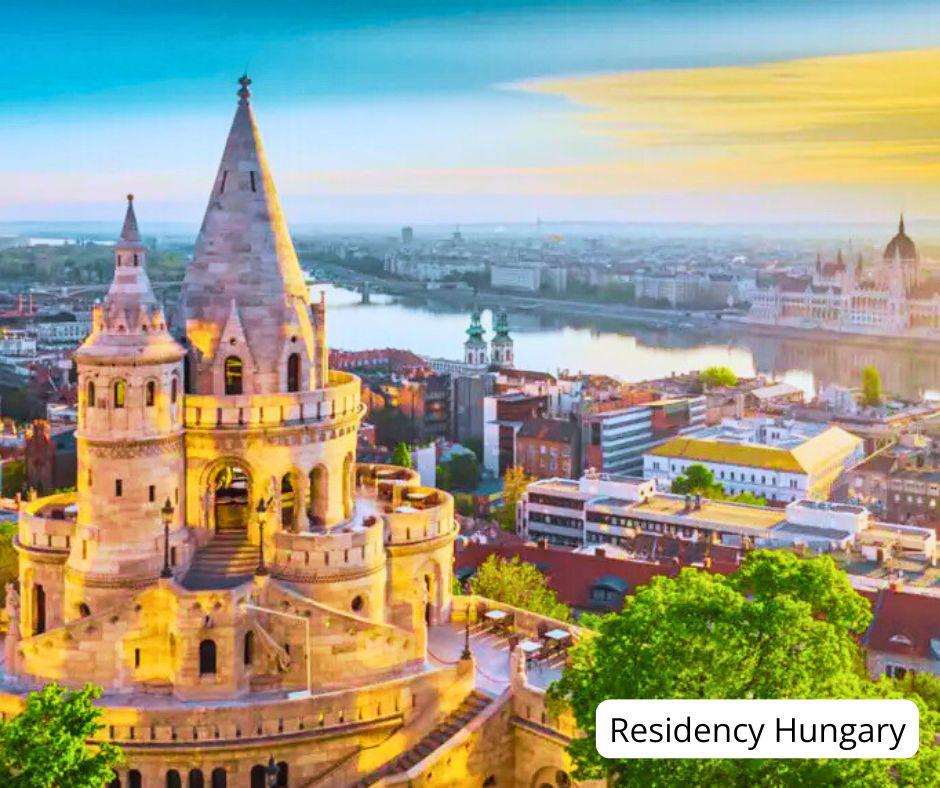The architecture of Buda Castle is a harmonious blend of Gothic, Renaissance, and Baroque styles, reflecting the numerous transformations and expansions that have occurred over the years. Visitors are immediately struck by the grandiose Castle Palace, which dominates the Budapest skyline. The Castle District, with its labyrinthine streets and picturesque courtyards, beckons explorers to linger in the timeless past. In the sacred halls of Buda Castle, one will find a true treasure trove of culture and history.
Attractions of Buda Castle District:
The Royal Palace: includes several excellent museums and a breathtaking panoramic view. The visitors feel back in time to a different, peaceful world where Roman Baroque houses’ gateway stones and finely carved knighthood sedalias can be found. In this district, we can take a journey through time, from the relics of Roman times (Aquincum ruins) to modern Budapest (Millenaris).
Hungarian National Gallery: The largest part of the palace is the Museum of Fine Arts, where a diverse collection of works from medieval, Renaissance, and Baroque periods to modern art can be found.
Budapest History Museum: With exhibitions presenting the city's past, from Roman times to modern times.
National Széchényi Library: Hungary's most extensive national library, which welcomes visitors with special exhibitions and rare book collections.
Fisherman's Bastion: This fairytale-like neo-Romanesque building is one of the city's most recognizable symbols. It was built at the end of the 19th century to commemorate the fishermen's guild, who protected this part of the castle in the Middle Ages.
Matthias Church: Located in the heart of the Buda Castle District, Matthias Church is one of the most important churches in Hungarian history, where several kings were crowned. Built-in the Gothic style in the 14th century, the church was given its final form during the reign of King Matthias, which is why it is named after him. Its rich interior frescoes, colorful stained glass windows, and beautiful Zsolnay tiled roof are a special attraction.
Castle-bazaar: Located at the foot of Castle Hill, on the banks of the Danube, the Castle Garden Bazaar was built at the end of the 19th century according to the plans of Miklós Ybl. The building complex was built for the royal family during the monarchy, but today, it hosts numerous cultural programs, exhibitions, and concerts. The architectural beauty and terraces of the Castle Garden Bazaar also offer a unique view of the Danube and the Chain Bridge.
Buda Castle Labyrinth is situated deep within Castle Hill and comprises a unique underground system of caves and tunnels. Originally formed from natural caves and springs, it was used as a prison and refuge in the Middle Ages and later. Exploring the underground labyrinth offers visitors a unique and mystical experience.
Buda Castle Funicular: 19th-century nostalgic cable car that takes you from the Chain Bridge up to the top of Castle Hill. The funicular is a special pendulum-type funicular railway, with its lower station located at Clark Ádám tér and its upper station situated between the Sándor Palace and Buda Castle.
Getting there: The Castle District can be reached by buses 16 and 16A, as well as by the funicular from Clark Ádám Square. The funicular is particularly popular with tourists, as it offers stunning views of the Danube bank and the Chain Bridge.
Opening hours: The buildings and museums of the Buda Castle District are typically open from Monday to Sunday; however, it is advisable to check in advance for specific opening times and any potential closures.


